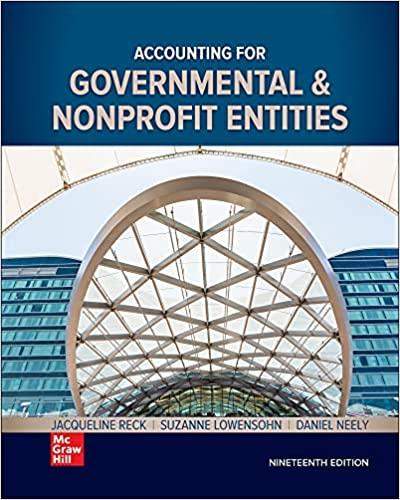Question
Alcohol is a prime illustration of this. Alcohol may be good for your health in moderation. However, it may be toxic in high amounts. A
Alcohol is a prime illustration of this. Alcohol may be good for your health in moderation. However, it may be toxic in high amounts.
A physician and alchemist from Switzerland, Paracelsus was active in the 16th century. "The dosage produces the poison," is his most famous quotation. This indicates that the dosage, not the substance, determines whether a chemical is poisonous.
For instance, although water is necessary for life, drinking too much of it may be fatal. The same may be said for oxygen. Although oxygen is necessary for life, too much of it may be harmful.
In other words, the dosage, not the substance, is what makes anything deadly. The appropriate dosage distinguishes a treatment from a poison.
A poison is a drug that is beneficial to you at one dosage but dangerous at another. Alcohol is a prime illustration of this. Alcohol may be good for your health in moderation. However, it may be toxic in high amounts.
The dosage necessary to kill 50% of a population of test animals is known as the LD50, which serves as a gauge of a chemical's toxicity. This knowledge may be helpful in anticipating a chemical's toxicity in people and figuring out the right dosage for human exposure.
LD50 values may be used to examine the relative toxicity of various compounds and can be used to find substances that may be more dangerous than others. With the use of this data, it is possible to evaluate the dangers of exposure to a certain chemical and create safety measures and usage standards.
The margin of safety for a chemical, which is the difference between the dosage that is known to be safe for humans and the dose that is known to be deadly, may also be determined using LD50 values. The chemical is thought to be safer the higher the margin of safety.
When evaluating the dangers connected with a certain chemical, the LD50 should be taken into account with other elements like as the route of exposure and the length of exposure.
No, a substance's near-nontoxicity in a dose/response bio-assay does not imply that it won't be dangerous to living beings. For a firm determination of the compound's toxicity, further tests, such as those on certain organs or systems, may be required.
The dose/response bio-assay is often an excellent place to start when determining the toxicity of a chemical. It should not be the only test performed, however. To get a fuller understanding of the compound's impacts on living things, more testing may be required depending on the substance in issue.
2-1. GASB Concepts Statement No. 3 discusses various methods of communicating financial accounting information to users. One method is using required supple- mentary information (RSI). What is RSI, and how does it differ from other supple- mentary information? Illustrate the difference using an example of each method. 2-2. What are the three activity categories the GASB indicates are common to most general purpose governments? What types of activities are performed in each category? 2-3. Explain differences between the government-wide statement of activities and the governmental fund statement of revenues, expenditures, and changes in fund balance. 2-4. How does the modified accrual basis of accounting differ from accrual accounting? Why is modified accrual used for governmental fund financial statements? 2-5. What are the three categories of funds prescribed by GASB standards, and which fund types are included in each? Which basis of accounting is used by each category? 2-6. What is the primary reason government entities use funds for financial report- ing? How are funds established? 2-7. What is meant by the terms deferred outflows of resources and deferred inflows of resources? When are these accounts used? Where are they reported on the financial statements? 2-8. How do expenses and expenditures differ? 2-9. Identify the governmental fund balance classifications and give an example of what might be included in each classification identified. 2-10. Identify the criteria for determining if a governmental or enterprise fund must be reported as a major fund. What other funds should or may be reported as major funds?
Step by Step Solution
There are 3 Steps involved in it
Step: 1
The passage discusses the concept of dosage in determining the toxicity of substances using alcohol ...
Get Instant Access to Expert-Tailored Solutions
See step-by-step solutions with expert insights and AI powered tools for academic success
Step: 2

Step: 3

Ace Your Homework with AI
Get the answers you need in no time with our AI-driven, step-by-step assistance
Get Started


